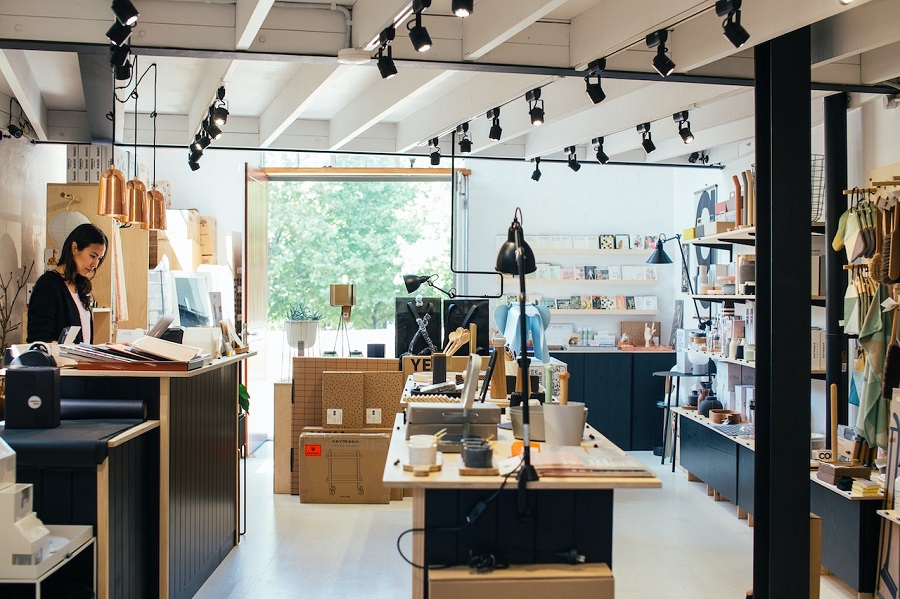
The retail landscape is undergoing a seismic shift, driven by changing consumer behavior and preferences. To thrive in this evolving environment, brick-and-mortar retailers are embracing a new approach: shared spaces. In this blog, we’ll explore how the future of brick-and-mortar retail is adapting to changing consumer behavior by harnessing the potential of shared spaces. We’ll delve into the strategies and trends that are shaping this transformative journey and redefining the way we shop.
1. The Rise of Shared Spaces:
Shared spaces are the cornerstone of the future of brick-and-mortar retail. These collaborative environments bring together multiple businesses under one roof, creating vibrant hubs of activity and innovation. By sharing space, retailers can reduce overhead costs, access prime locations, and tap into a diverse customer base.
2. Meeting Changing Consumer Behavior
Consumer behavior has evolved dramatically in recent years. Shoppers seek convenience, unique experiences, and a sense of community. Shared spaces offer a solution that caters to these changing preferences. They provide a curated selection of products and services, often in an experiential setting that goes beyond traditional retail.

3. Embracing Experiential Retail
The future of brick-and-mortar retail is all about creating memorable experiences. Shared spaces allow retailers to design immersive environments that engage customers on multiple levels. From interactive displays to hands-on workshops and live demonstrations, these spaces transform shopping into an experience worth savoring.

4. Flexibility and Adaptability
One of the key advantages of shared spaces is their flexibility. Retailers can experiment with new concepts, rotate their offerings, and respond quickly to market trends. This adaptability is crucial in an era where consumer preferences can change rapidly.
5. Collaborative Retail Ecosystems
Shared spaces foster collaboration among retailers. Businesses can partner on marketing campaigns, cross-promotions, and joint events. This collaborative approach not only reduces individual marketing costs but also enhances the overall shopping experience, benefiting both retailers and consumers.
6. Data-Driven Insights
Shared spaces are not just about physical retail; they also leverage data to gain insights into consumer behavior. Retailers can collect data on foot traffic, customer preferences, and purchasing patterns. This data-driven approach enables retailers to make informed decisions and tailor their offerings to meet customer demands.
7. Sustainability and Green Initiatives
The future of retail is increasingly focused on sustainability. Shared spaces can pool resources to implement eco-friendly practices, such as energy-efficient lighting, recycling programs, and reducing waste. These efforts align with the values of environmentally conscious consumers.

8. Integration of Online and Offline
Shared spaces seamlessly integrate online and offline shopping experiences. Retailers can leverage technology to offer click-and-collect services, digital payment options, and augmented reality experiences. This omnichannel approach ensures that customers can engage with brands in their preferred way.

The future of brick-and-mortar retail is undergoing a remarkable transformation as it adapts to changing consumer behavior and embraces shared spaces. These collaborative environments offer a dynamic and experiential approach to shopping, meeting the evolving demands of consumers. As retailers navigate this new landscape, they have the opportunity to create innovative, sustainable, and data-driven retail ecosystems that cater to the desires and expectations of today’s shoppers. By harnessing the power of shared spaces, brick-and-mortar retail is not just surviving but thriving in an ever-changing world.



